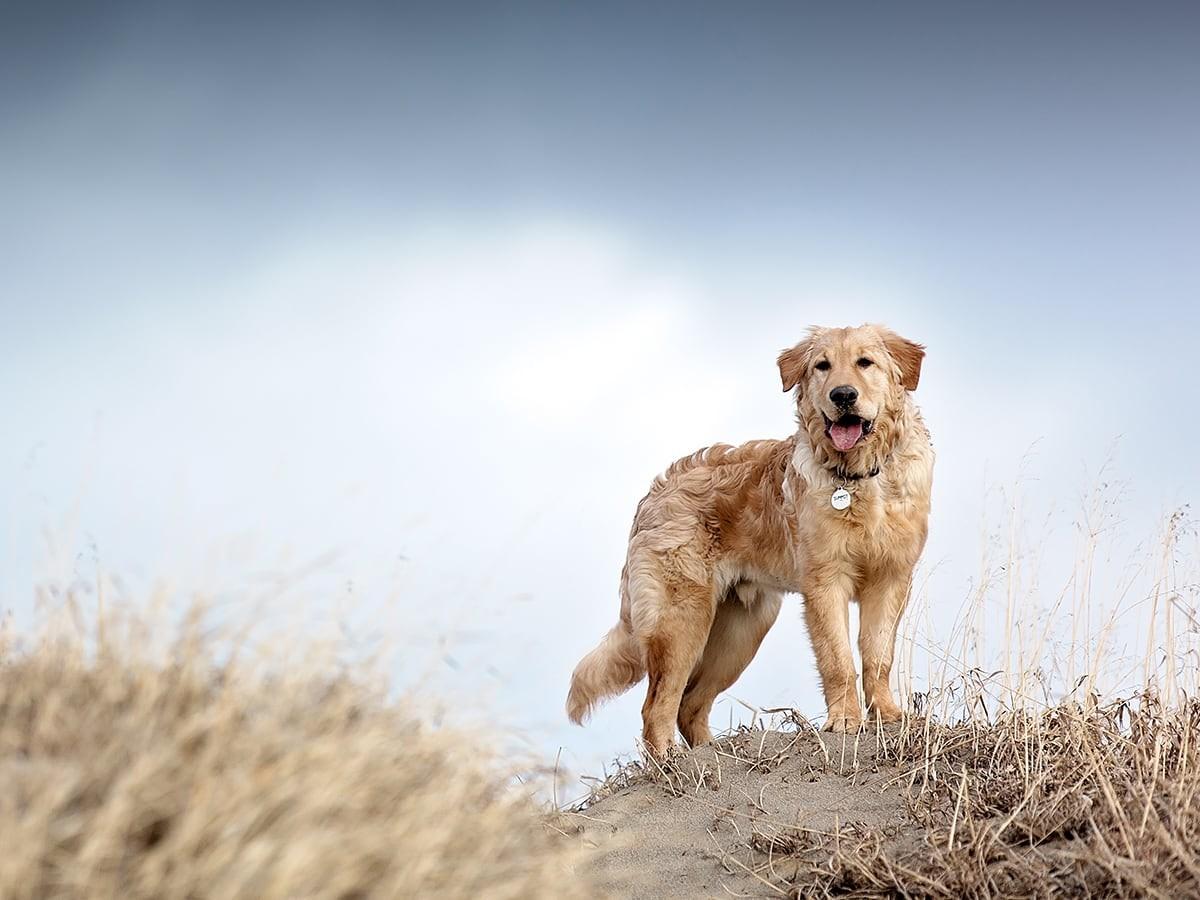Hurricanes can be scary for anyone who lives near the coast. These natural disasters can be ruthless and extremely unpredictable. It’s always important to have a plan in place.
Have a solid plan ready for you and all your family members, including your pets. They rely on you in these situations, so you’ll need to guide them throughout the hurricane.
If you’re not sure what to do before, during, or after a hurricane, we’re here to help!
Before a hurricane
Step 1: Have an evacuation plan
In your disaster preparedness plan, keep pets in mind. Make sure they are allowed in any place you may be going to, such as hotels and evacuation shelters. If your plan doesn’t allow for pets, choose a designated caregiver who can take care of them. Have a list of people in your circle who you know could look after your pets in case of an emergency. Include your pets in your evacuation drills so that they can get used to traveling in their carriers.
Step 2: Have emergency supplies ready
Keep all the supplies accessible and in the same place:
Leashes
Harnesses
Carriers
A week’s supply of food
Water
Bowls
Cat litter
Can opener
A pet carrier is one of the most important equipment items to have during an evacuation. Many shelters require them, as they can serve as a safe space for a nervous pet. Label the carrier with your pet’s name, breed, age, sex, current address, important medical information and your contact information.
Have at least two weeks of your pet’s prescribed medications on hand. Heartworm and flea preventatives should be on hand. Apply them to your pet before placing them in an evacuation facility. Keep a list of all the medications your pet needs with instructions on how to give it to your pet as well as the dosage they will need. Keep these instructions in a waterproof container alongside your pet’s medications and medical records.
Put everything together in a travel kit that you can take with you in case you need to leave quickly. All the items that should be in your travel kit are listed below:
A photo of your pet and an ID tag with the owner’s name, address, and phone number on it
Necessary medical records and information on any medical conditions or behavioral problems
Information on your pet’s feeding schedules
A list of veterinarians and 24-hour emergency animal hospitals that are close to your destination if you need to evacuate
A few toys or items that can provide your pet with comfort during this scary time!
Pet food and water (a week’s supply)
Food and water bowls
Litter box with extra litter and/or poop bags
Pet bed
Pet carrier
Leash
Collar
Harness
Blanket
Supplies for yourself (food, flashlight, radio, etc.)
Step 3: Be prepared and stay informed
Before the hurricane hits, make sure to make digital copies of any important documents and review your insurance policies. To keep your house safe, install check valves on your plumbing, declutter your drains and gutters and install hurricane shutters. It’s also a good idea to trim or remove trees that are close to your home, cover all your windows and bring anything that could blow away inside the house (lawn furniture, trash bins, etc.).
Remember to stay informed. Thirty-six hours before the hurricane hits, tune into emergency channels to stay up to date on weather patterns. Ensure that your emergency travel kit is ready and keep it close by. Review your evacuation plan and make sure your car is full of gas and ready to go.
During the hurricane
After the storm hits, keep calm and speak to your pets in a soothing voice, as they will surely be nervous. Keep them with you in a carrier or on a leash with a collar and an ID tag and evacuate if authorities tell you to. During an evacuation, don’t enter flood waters and stay off bridges that are over fast-moving water. Don’t drive around any barricades you may see. If you are trapped in a flooded building, get yourself onto the highest level, but don’t enter any closed attics. If you are sheltering from intense winds, go to the lowest floor that isn’t flooded and try to enter a room or hallway that is small and windowless. Only use a generator or other gas-powered machines when you are outdoors and away from your home’s windows.

Mostly a tech person, always a pet person. I am dedicated to improving the lives of pets and their humans with technology. Off-duty, I enjoy writing about the misbehaving of computer programs and my two Aussiedoodles, Calvin and Hobbes.
www.animalmedicalcenterfla.com
www.foundanimals.org
www.petmd.com












